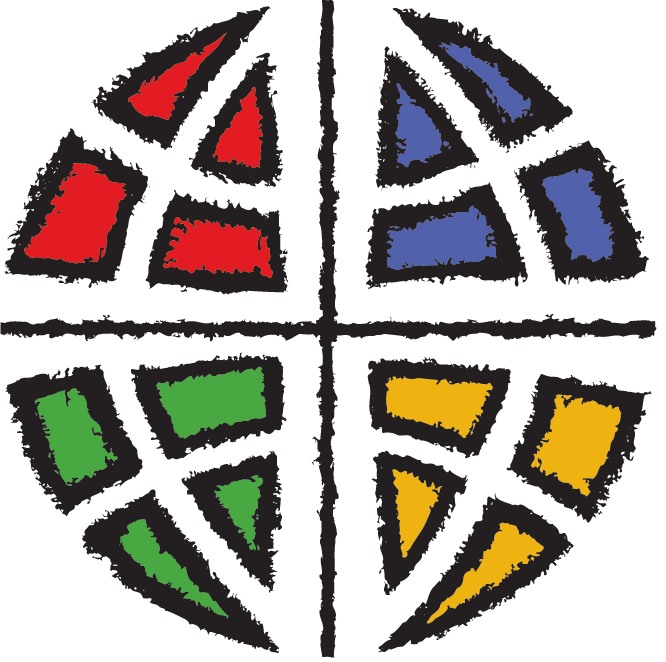

History of Bethany Lutheran Church in Negaunee, Michigan
The history of Bethany Lutheran Church covers a span of over a hundred years. In the summer of 1884, Lottie Johnson Broden, age 15, and her best friend, Clara Thoren, age 13, heard about a new school for Swedish children here in Negaunee. They paid the teachers a visit and discovered Danish children were enrolled, but Lottie and Clara were the first Swedish children.
One of the teachers said to the girls, “If I had come to the age of 15 and not been confirmed, I would feel like a sure enough heathen.” Lottie, bold and hotheaded, informed the teacher that they could read, talk and understand the language and had been sent to Sunday school since they were hardly 8 years of age and could answer whatever question she would like to put to them in Bible history. She did not feel like a heathen, and they were not to blame if they did not know Martin Luther’s Catechism because there was no Lutheran church in Negaunee.
The teacher visited all the Scandinavian people in town to see if a congregation could be formed. In December 1884, 26 women formed the Scandinavian Women’s Society whose purpose was to procure Pastors from neighboring cities and traveling missionaries. A Sunday school was started with 12 children, and the first confirmation class began the next year.
The next July, trustees were elected to consider building a suitable church. In August, the congregation was incorporated under the name “The Scandinavian Lutheran Bethany Association of Negaunee, Michigan.”
The Negaunee Iron Herald wrote on October 1, 1885, “The Scandinavian Church now nearing completion on Cyr Street is really a handsome structure and reflects great credit upon the architects who made the plans. It is lighted with gas and supplied with all the usual conveniences of a well-appointed place of worship.”
Funds to pay for the church came from donations of the members. Various groups and individuals provided the organ, silver communion set, stove, carpets, altar cloth, pulpit chair and other necessary items. The following year, when the congregation had grown to such a size that it was deemed best to divide into Swedish and Danish groups, the church was free of all debt.
The Swedish members adopted the name the “Swedish Evangelical Lutheran Bethany Congregation of Negaunee.” In the custom of that time, yearly dues were $6 for men and $4 for women.
Bethany’s first pastor was Rev. J.A. Broden, who married the spirited Lottie Johnson mentioned earlier. The parsonage was built in 1890, and he and his young wife became its first occupants. Lottie’s friend Clara married the second pastor, Rev. L.W. Gullstrom, who served Bethany several years later.
In the early 1930’s, the Swedish language was used less and less in worship and teaching, and by the end of that decade, English was used exclusively. In 1946 the name was shortened to the “Bethany Lutheran Church of Negaunee.”
In 1969 Cleveland Cliffs iron Mining Company agreed to move both the church and parsonage from Cyr and Snow Streets to its present location on East Cherry Street. The congregation worshipped at St. John’s Episcopal Church for fourteen weeks during the move and renovation.
Members of Bethany have given generously over the years of their time and gifts to teach, sing, raise funds for various missions, sew needed appointments, and do many kinds of maintenance. As saints have done down through the ages, they have ministered to each other and to the community – and received and passed on the faith to each new generation.
In about the year 2000, Bethany began discussing the future of the church and called it “Bethany Beyond 2000.” A 3-year Capital Campaign Fund was initiated in 2002 and a pledge drive began. After choosing a building committee, and after many meetings with architects and contractors, the committee chose the plans and the contractor and construction of a new social hall and kitchen to be added to the east side of the church proper began. The ground breaking was in the spring of 2005. In 2006 the kitchen and social hall were completed with much work and many prayers by our church family.
Bethany continues to look “Beyond 2000” within the congregation as well as to the worldwide church and its needs.
